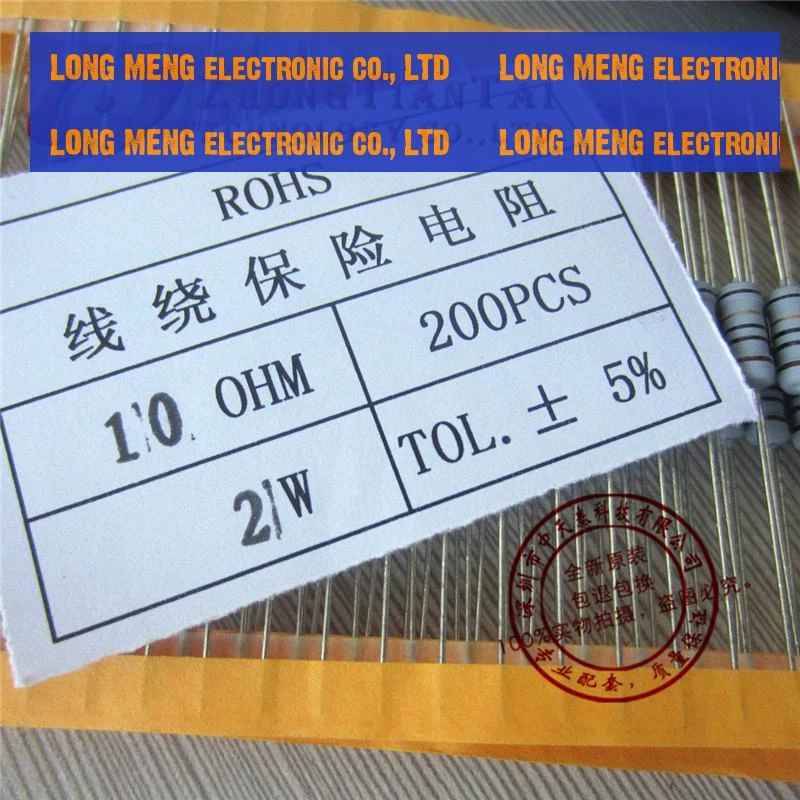Please view our large selection of wirewound resistors below.
Wire wound resistor function.
In electronic circuits resistors are used to reduce current flow adjust signal levels to divide voltages bias active elements and terminate transmission lines among other uses high power resistors that can dissipate many watts of electrical power as heat may be used as.
A resistor is a passive two terminal electrical component that implements electrical resistance as a circuit element.
The wire wound resistor diagram is shown below.
Mouser is an authorized distributor for many wirewound resistor manufacturers including arcol bourns honeywell irc ohmite te connectivity vishay many more.
Wire wound resistor is a type of passive component in which metal wires are used to reduce or restrict the flow of electric current to a certain level.
Wire wound resistor construction of wire wound resistor.
It is designed with the material including low temperature coefficient and high resistivity.
The wire wound resistor is made by winding the metal wire around a metal core.
A wirewound resistor s construction is typically a specific length of a resistive metal wire that is wound around a form of some type.
Hence the metal wire restricts the electric current to certain level.
Construction of wire wound resistor.
A wirewound resistor is an electronic component that provides a predetermined amount of resistance to electrical flow in a circuit.
The resistive element exists out of an insulated metallic wire that is winded around a core of non conductive material.
The metal wire acts as the resistive element to the electric current.
The resistive wire is welded to metal end caps which have been pressed onto the insulating core.
The construction of any resistor can be done by using alloys like manganin or constantan.
The wire wound resistor is a type of passive component which is made by winding the metal wire around a metal core.
A wire wound resistor is an electrical passive component that limits current.
Carbon composition resistors have tolerance of 5 10 and 20 whereas general purpose wire wound resistors usually have tolerance of 5.
The method of constructing wirewound resistors has remained constant over a long period.
How does a variable resistor work.

